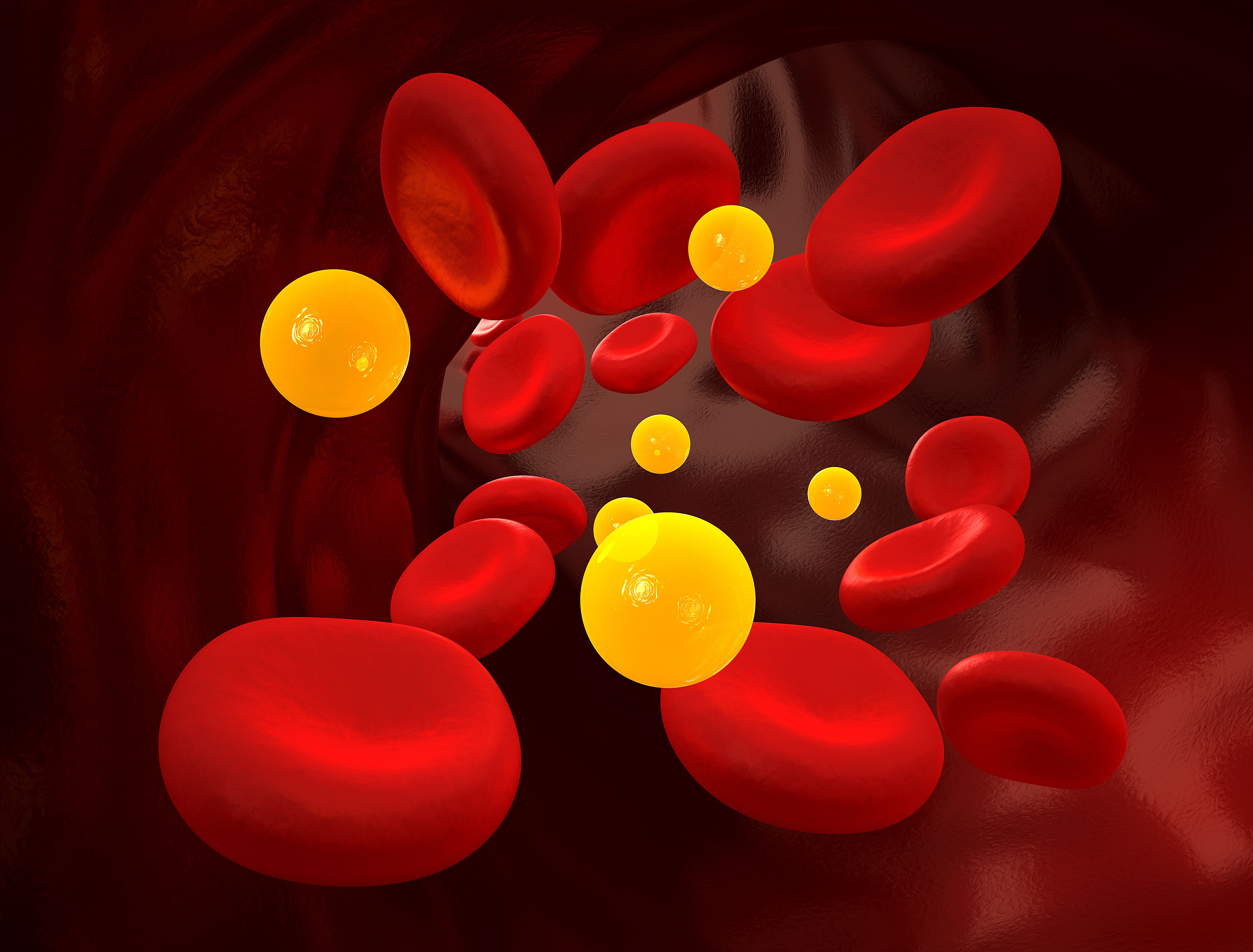Video
Role of Icosapent Ethyl in Managing ASCVD and Other Lipid Disorders
Author(s):
Matthew J. Budoff, MD; Paul S. Jellinger, MD, MACE; Erin D. Michos, MD, MHS; Yehuda Handelsman, MD; and Christie Ballantyne, MD, comment on the use of icosapent ethyl in reducing atherosclerotic cardiovascular disease (ASCVD) events and managing lipid disorders.
Yehuda Handelsman, MD: We mentioned omega 3 fish oil, and there a couple of them that can reduce triglyceride. If you don't mind touching on that, but then take it forward with the icosapent ethyl, the IPE, and the REDUCE-IT trial, and how that changed how we look at management.
Matthew J. Budoff, MD: Like the fibrate story, we've had this disappointment with clinical trials using a combination of EPA [eicosapentaenoic acid] and DHA [docosahexaenoic acid] added to a statin. Several very large trials consistently failed, most recently the STRENGTH trial looking at 4 grams of EPA plus DHA, and it added no value; the trial was stopped early for futility. The bright light here is pure EPA, first started in Japan in the JELIS trial, 19,000 patients showed a 19% reduction in events. Followed by the REDUCE-IT trial here in the US, where we took patients on a statin, 8,000 patients, and they had to have LDLs [low-density lipoproteins] controlled, and if their triglycerides were above 135, we added 4 grams of icosapent ethyl, which turns into EPA. It's a pro-drug that gets converted to EPA, one of our omegas, and it showed a 26% reduction in cardiovascular events. A robust number needed to treat, our absolute benefit was almost 5%, a huge benefit there when the triglycerides are high and they're already on a statin. We must ensure that it's still statin first, but if their triglycerides are residually high, this is the only therapy we know of that adds clinical value right now. We don't have the PROMINENT trial with fibrates, the DHA-EPA combos don't seem to work, and I don't know of any more that are being studied. We're going to have this as our standalone for the short run at least.
Paul S. Jellinger, MD, MACE: But these were patients with diabetes and 2 risk factors or ASCVD. This is not the general population.
Budoff: Not the general population, no.
Handelsman: The point here, which is very interesting, is that, even though it started as a lipid trial, the results are independent on lipid level and triglyceride level, both on starting and ending. The triglyceride's a marker of risk and not actually a goal by itself of management.
Budoff: But it does lower triglycerides, about 20%, not as robust as fibrates, but it doesn't seem to be driven by that. It lowers C-reactive proteins, something that Erin mentioned earlier. The pleiotropic effect may be playing a role here when you lower inflammation and other markers like triglycerides.
Erin D. Michos, MD, MHS: And antithrombotics effects too, that we think, that they–
Handelsman: They may have some of that, that's correct, for benefit. There was a little side effect with that, increased atrial fibrillation
Jellinger: 25%, wasn't it?
Handelsman: And a little bit of increase with bleeding. Any comment on that?
Budoff: The bleeding is modest, but I think it does go back to the concept that it is a slight antithrombotic agent. It might have some antiplatelet activity as well. We used it with anticoagulants, 90% of the population was on anticoagulants and…showed that there isn't a major interaction there. The bleeding was modest, it went from 10% in the placebo group, to 12%. There was a slight increase in bleeding, but it wasn't intracranial hemorrhage, it wasn't fatal bleeding. It's mostly minor bleeding, and to keep an eye on those patients who are already on aspirin, antiplatelets, or antithrombotic when you add 4 grams of icosapent ethyl.
Michos: For the atrial fibrillation, this wasn't unique to icosapent ethyl, we have seen this across all these agents. We saw this in STRENGTH and OMEMI, but importantly in REDUCE-IT. Although there was an increase in a-fib, there was a reduction in ischemic stroke. That's the major concern we have with atrial fibrillation, is stroke risk, and it was very reassuring in REDUCE-IT that there was a reduction in stroke.
Christie Ballantyne, MD: If you have very high triglycerides then you can use any prescription omega 3 to lower triglycerides, but the only one that's shown to have event reduction is the pure EPA. Those are 2 different issues, and as you point out, what's the mechanism? I wish I knew. We can speculate on many of them, but there's 2 different indications; fenofibrate, which is a great drug for very high triglycerides, but we don't have the data on event reduction on top of statins.
Paul S. Jellinger, MD, MACE: We have 2 issues with high triglycerides. One is the potential for cardiovascular risk reduction, by way of the REDUCE-IT trial, and that cohort, but also the prevention of pancreatitis. For the prevention of pancreatitis, we have other agents, insulin, pioglitazone, and sometimes even niacin.
Ballantyne: They may be helpful; they're not indicated there.
Handelsman: There is no indication. Also, to point out, that pancreatitis typically starts in 2000 and above.
Ballantyne: Well over 1000, it happens.
Handelsman: It's high there, but it's a point well taken.
Transcript Edited for Clarity





